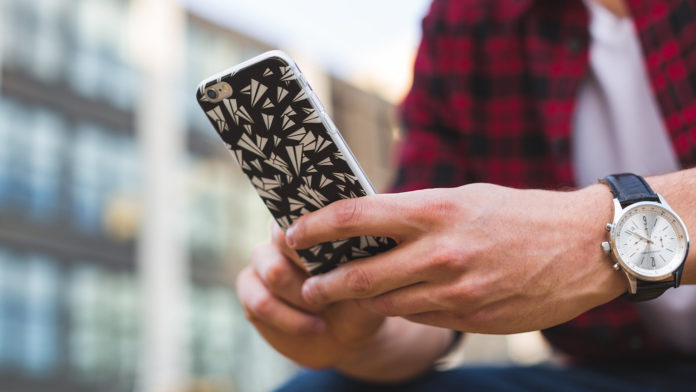The technology started out as a video-based lie detector, but it quickly turned into an app that could root out a different kind of secret.
Undiagnosed high blood pressure can be called a silent killer because it can come with no symptoms at all, but over time it can trigger organ damage, heart attack, or stroke. But artificial intelligence can be applied to video taken on a standard iPhone to track how fast blood moves around the face, and that could one day help users take a quick and contactless blood pressure measurement with nothing more than a video selfie.
To date, the technique has only been validated for normal to slightly elevated blood pressure in people of medium skin tone, but it has achieved over 95 percent accuracy on three different measures of blood pressure (systolic, diastolic, and pulse pressure).
More development is still needed to make the program more robust, but the proof of concept was published in Circulation: Cardiovascular Imaging. The study was a collaboration between Canadian researchers at the University of Toronto, and Chinese researchers at Hangzhou Normal University and Zhejiang Normal University.
Lead author Kang Lee, professor of applied psychology and human development at the University of Toronto, partnered with physiologists to combine machine learning with transdermal optical imaging: a method that takes advantage of the fact that skin is translucent, converting image information into a map of blood location.
Light can penetrate the surface of the skin to the blood vessels near the surface, and because the hemoglobin in blood is red, video data of reflected red light can be used to track and visualize blood flow.
These are changes that are imperceptible to the human eye, but that artificial intelligence can tease apart after being trained.
The study enrolled 1,328 Canadian and Chinese volunteers with normal blood pressure, using the first 70 percent to train the computational model. The remaining volunteers were split, with half being used to test the model, and the other half used to validate how well the refined model performed.
Using a short iPhone video of a user’s face, the image-based measurements matched within 5±8 mm Hg of standard cuff-based measurements, which falls inside international standards for accuracy.
There are still gaps to address, including making sure the technology works on people with very pale or very dark complexions, and that it can adapt to measure high or low blood pressure. So far, over 90 percent of the participants were of East Asian descent, an unintentional bias of the ethnicities of local volunteers near the researchers’ universities in Canada and China. And it’s much easier to find healthy volunteers than it is to find people with untreated hypertension. But those are the next clear steps to validating a video-based blood pressure app that works for everyone.
Lee helped establish a startup called Nuralogix to make his technology available to the public. Anura is their first app, using transdermal optical imaging to calculate stress levels and resting heart rate based on 30 seconds of video. They’re also working on a fall release of a blood pressure measurement app in China.
By eliminating the discomfort and inconvenience of cuff-based blood pressure measurement, Lee hopes that more people will monitor their blood pressure regularly. That could help more people get the treatment they need sooner, normalizing their blood pressure before more serious complications emerge.








































